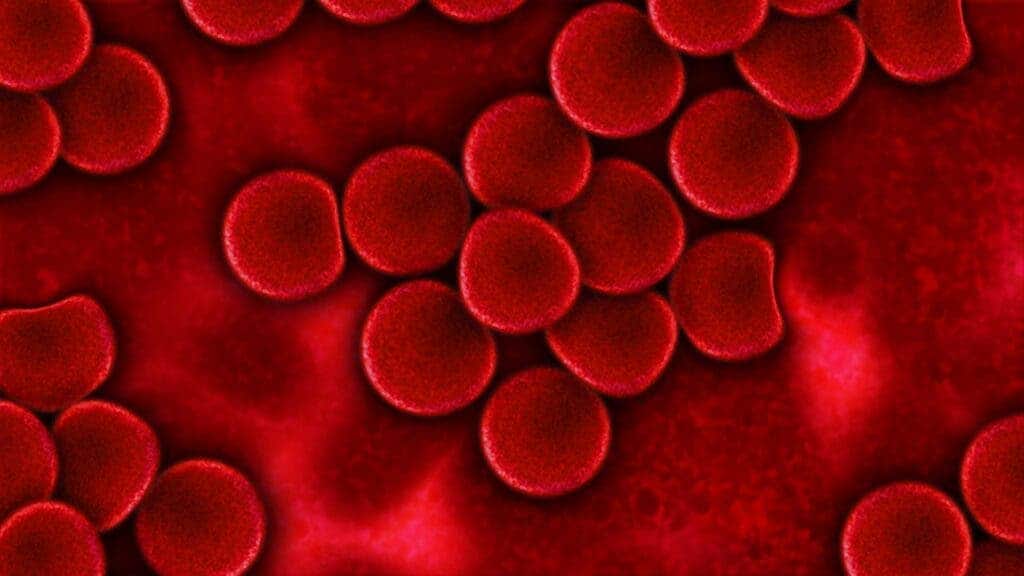Traveling to and through space can leave a specific trace in our bodies.

New research led by a professor at the Icahn School of Medicine at Mount Sinai reports that the genomes of the 14 astronauts who flew Space Shuttle missions between 1998 and 2001 show the same genetic mutations. These were marked by a high proportion of blood cells originating from a single parent cell, a phenomenon called clonal hematopoiesis.
These mutations, the team explains, are reduced in scope and likely not to pose a serious threat to the astronauts’ long-term health. Despite this, the research highlights the importance of regular health screenings for individuals traveling in space, especially those that go on long voyages, including monitoring for changes in their DNA.
Space-body
Mutations of the kind identified in this paper can be caused by exposure to ultraviolet (UV) radiation, the team explains, as well as other forms of radiation. They are usually seen in patients undergoing radiation therapy or chemotherapy against cancer.
In this particular case, the most likely suspect is the ambient radiation present in space, the team adds.
“Astronauts work in an extreme environment where many factors can result in somatic mutations, most importantly space radiation, which means there is a risk that these mutations could develop into clonal hematopoiesis,” said lead author David Goukassian, professor of medicine at the Icahn School of Medicine at Mount Sinai, in a statement.
Last year, NASA proposed changes to what amounts of radiation it considers safe for astronauts to be exposed to in order to better protect astronauts’ health. They involve allowing older astronauts to be exposed to a relatively lower level of radiation than younger ones, and the elimination of different limits for men and women.
The blood samples used in this study were obtained from 12 male and 2 female astronauts, and they were harvested ten days before the flight and on the day of the landing. They were then cryogenically stored for around two decades.
“Although the clonal hematopoiesis we observed was of a relatively small size, the fact that we observed these mutations was surprising given the relatively young age and health of these astronauts,” Goukassian said. “The presence of these mutations does not necessarily mean that the astronauts will develop cardiovascular disease or cancer,” he added, “but there is the risk that, over time, this could happen through ongoing and prolonged exposure to the extreme environment of deep space.”
Age plays a part here as this type of mutation resembles a kind of mutation that happens spontaneously in older individuals. That being said, the median age of the astronauts in this study was only 42.
Based on the findings, Goukassian and his team are recommending that NASA should regularly screen astronauts for these kinds of mutations. For starters, this would help better protect astronauts’ health; but in the long term, such efforts would also give us more data to work with and help us better understand the risks posed by space flight on our biology.
The paper “Retrospective analysis of somatic mutations and clonal hematopoiesis in astronauts” has been published in the journal Nature Communications Biology.









